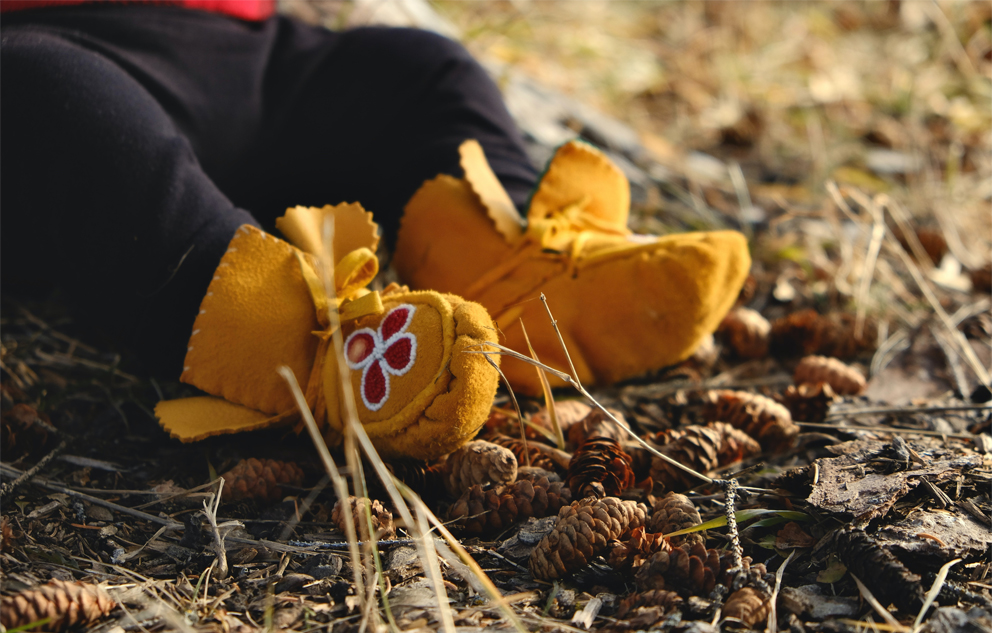The content of this page is available to Members of BC Family Doctors.
Members, please log in. Non-members, please Click here for details on how to join.
First Steps Towards Reconciliation


The content of this page is available to Members of BC Family Doctors.
Members, please log in. Non-members, please Click here for details on how to join.